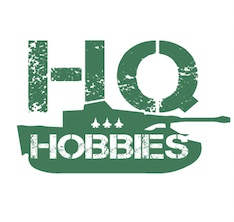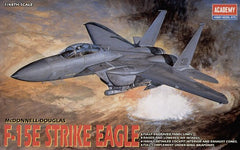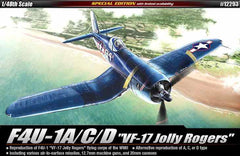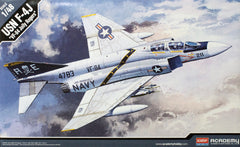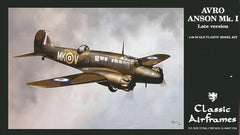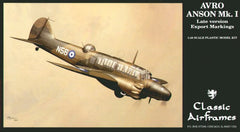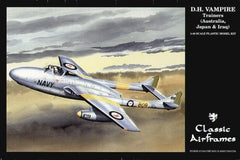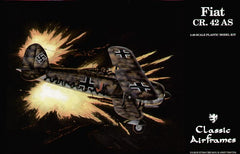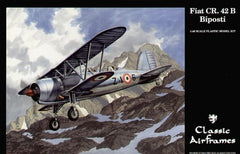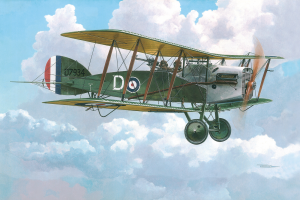
SKU: ROD429
The appearance in 1917 amongst the equipment of the Royal Flying Corps of the new two seats Bristol F.2B Fighter marked one of British aviation's greatest successes. Together with other outstanding designs of that time - the Camel, the S.E.5a, and the D.H.4 - it enabled the R.F.C. to gain its desired advantage in the air. However the delivery of new planes to squadrons was constantly up against a number of problems, not the least of which was the lack of engines in great enough quantities. The Rolls Royce Falcon engine installed in the F.2B was well proven, but Rolls Royce which at that time was developing several types of engine simultaneously, physically could not make enough engines, as were called for by all the various designs produced by the aircraft companies. The British War Office recommended the aircraft manufacturers to try alternative powerplants, and so the Bristol Company decided to adapt the F.2B design for the Hispano Suiza and Sunbeam Arab engines. The Arab was also intended for the S.E.5a fighter, but this idea was rejected in due course. Development at Bristol faced constant and numerous obstacles, with the result that the F.2B Fighter with the new engine raised into the air for the first time only in 1918. From the new engine, improvement was expected in certain characteristics of the aircraft. But this did not happen, mainly because one engine failed to live up to expectations, the Arab: in the air it vibrated severely, and a unsuitable radiator which had been created for the 300 h.p. Hispano Suiza engine further worsened the situation. Up to the end of war there was time to build about 800 Bristol F.2B Fighters (from an overall 4,900 Bristol Fighters) fitted with the Sunbeam Arab. However, only insignificant numbers reached the Western Front. The great bulk was at once transferred to training schools and Home Defense. On July 23rd, 1919, under the arrangements for demilitarization machines of this type were recognized as having become obsolete and designated for breaking up. However, the 'classic' Bristol F.2B Fighter, equipped with the Rolls Royce Falcon, was still a potent machine - it continued to fly until the 1930s.
